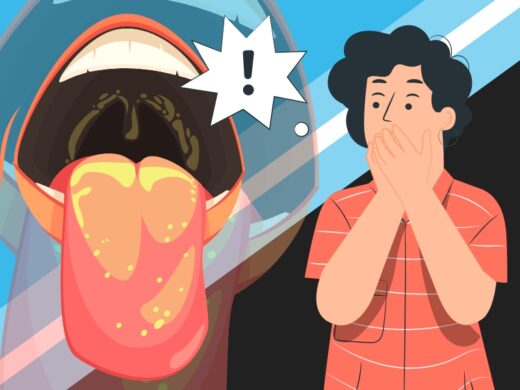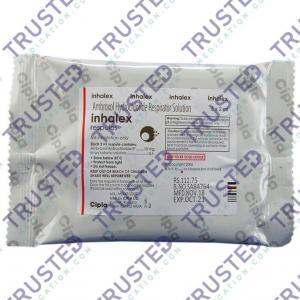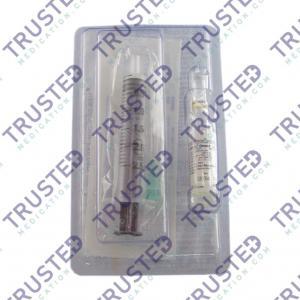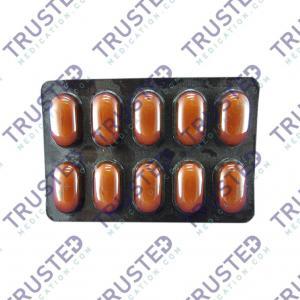
Candidiasis is a fungal infection that usually will not cause any symptoms unless there’s an overgrowth because of an imbalance of bacteria. Since Candidiasis is a fungus, an antifungal medicine is used for the treatment of the infection to stop overgrowth.
What Is Candidiasis and What Are Its Types?
Candidiasis is a yeast infection. Candidiasis is also called thrush or moniliasis. Humans are home to many different kinds of fungi. Candida is one type. Small amounts of this type of yeast live in places such as your mouth, belly, and skin without causing any problems. Yeast can multiply and grow out of control, however, when the environment is right.
Candida infection is caused by it. It comes in a variety of forms. Over-the-counter or prescription medications are usually effective in treating most conditions.
1. Thrush (Oropharyngeal Candidiasis)
Thrush occurs when the candida yeast spreads in the mouth and throat. It’s most common in newborns, the elderly, and people with weakened immune systems. Also more likely to get it are adults who:
- Take medications like corticosteroids and wide-spectrum antibiotics
- Are being treated for cancer
- Have diabetes
- Wear dentures
2. Genital Yeast Infection (Genital Candidiasis)
A yeast infection typically happens when the balance in the vagina changes. This can be caused by:
- Diabetes
- Pregnancy
- Some medications, including antibiotics and birth control pills
- A weakened immune system
- Use of some douches, vaginal sprays, lubricants, or spermicides
- Wearing a wet bathing suit or workout clothes, or underwear that doesn’t breathe
Three out of four adult women will get at least one yeast infection during their lifetime. This happens when too much yeast grows in the vagina.
3. Diaper Rash from Yeast Infection
Even though diaper rashes are usually caused by leaving a wet or soiled diaper on too long. Once your baby’s skin is irritated, infection is possible. If their diaper rash isn’t going away, check to see if their bottom is red and sensitive and if there’s a raised red border around the sores. If so, have your pediatrician check for candidiasis. It can be treated with an antifungal cream.
4. Invasive Candidiasis
This happens most often to people who have recently been admitted to a hospital or live in a health care facility. If candida yeast enters the bloodstream, it can travel to the blood, heart, eyes, brain, and bones. This can cause a serious, life-threatening infection.
What Are Its Symptoms?

The symptoms of Thrush may include:
- Cracking at the corners of the mouth
- Pain when swallowing, if it spreads to the throat
- White or yellow patches on the tongue, lips, gums, the roof of the mouth, and inner cheeks
- Redness or soreness in the mouth and throat
The symptoms of Genital Yeast Infection may include:
- Pain and burning when you pee
- Discomfort during sex
- Extreme itchiness in the vagina
- Redness and swelling of the vagina and vulva
- A thick, white cottage cheese discharge from the vagina
The symptoms of Invasive Candidiasis may include:
- Fever
- Chills
How Do You Treat It?
Treatment for Candidiasis depends on the type, severity, and frequency of your infections.
Usually recommended medication:
- Fluconazole – this belongs to the class of medication known as triazoles. Fluconazole is an FDA-approved drug that can stop growth and prevents the fungus from spreading.








